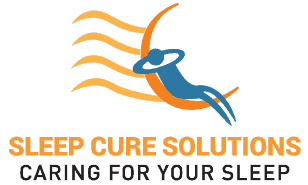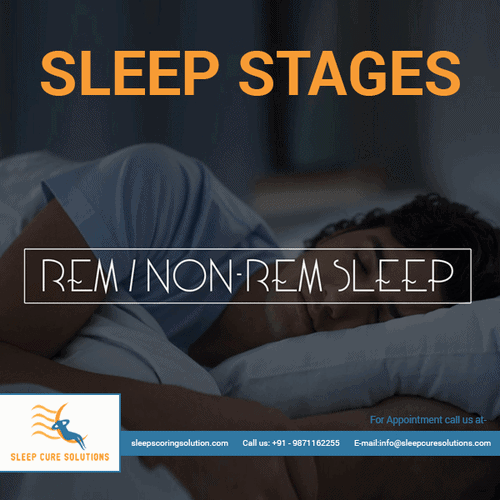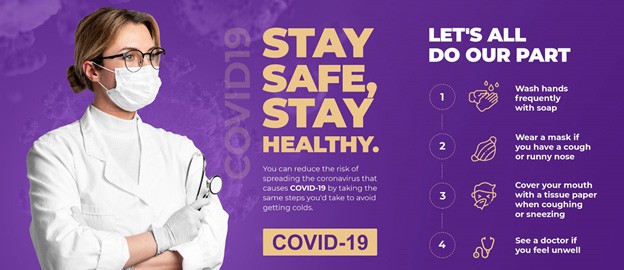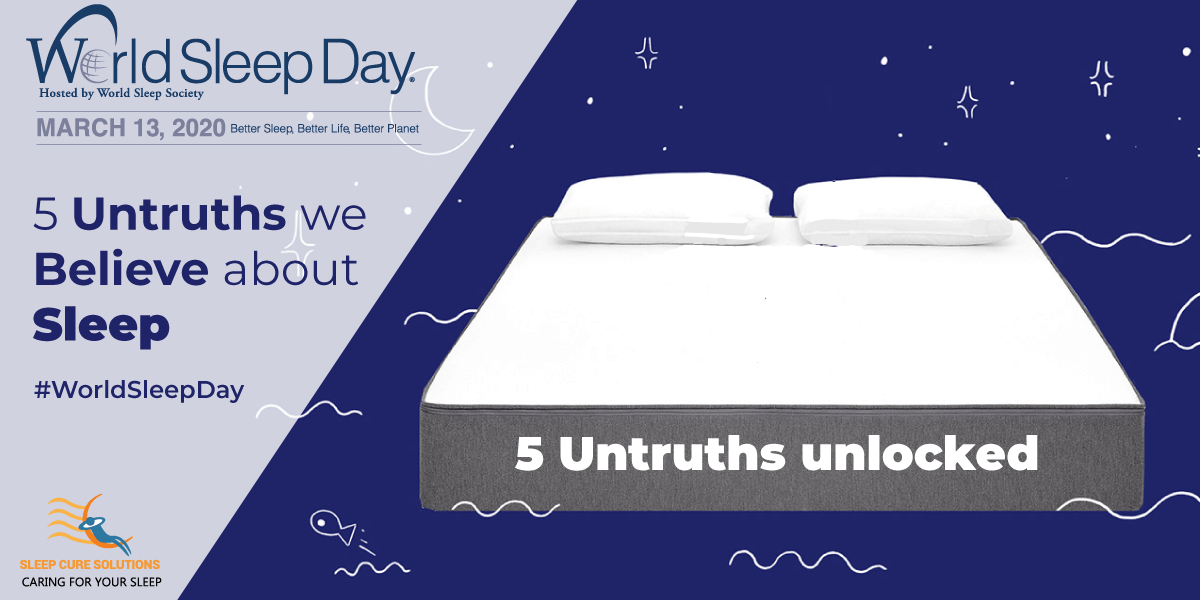For centuries, sleep has been a mystery for the mankind. Thanks to modern science and technology, we’ve been able to decode sleep, and what happens when we lose our touch with the world around.
Dr Himanshu Garg is a globally renowned sleep specialist, who says that a lot happens in our bodies while we sleep. “When you are in your sleep, you cycle between REM and non-REM sleep,” he further adds.
For those who’re new to the sleep world, REM is shorthand for Rapid Eye Movement. And in this phase, our eyes move quickly in different directions. Eyes do not behave this way while in non-REM stages.
The sleep cycle begins with non-REM sleep, followed by a shorter period of REM sleep. Dreams normally occur during the REM phase.
Exploring Non-REM Sleep
Non-REM Sleep comprises three phases, where each phase can last from 5 to 15 minutes.
Phase 1: You’re in a light sleep phase. You can easily be woken up. The phase may last for 5 to 10 minutes.
Phase 2: Your body begins to prepare for deep sleep. Your heart rate slows down and your body temperature drops down.
Phase 3: This is the final stage of NREM. You’re in deep sleep and it’s often hard to wake you up from your sleep. Phase 3 is important since your body repairs the injured tissues, builds new ones, and also strengthens your immune system.
Let’s now understand REM sleep
You enter the REM sleep phase 90 minutes after you fall sleep. The first phase may last for about 10 minutes. The following stages tend to be of longer durations; and the final stage of REM sleep may even last for about one hour. Your brain is comparatively very active in REM stage and this is the reason why we mostly dream in REM stage only.
As we age, we tend to lose our share of deep sleep. Aging may also cause shorter time spans of sleep, although we often need as much sleep as when we were younger.
Sleep and Sleep Disorders
There are over 100 different types of sleep disorders, and they all make life miserable. Therefore you shouldn’t ignore your sleep health and see a sleep specialist if you find difficulty sleeping or experience excessive daytime fatigue or drowsiness.
With the help of a simple test – called sleep study or Polysomnography – the specialist will be able to tell the exact cause behind your sleep problem. Treatments provide huge respite. Say, if you’re diagnosed with Obstructive Sleep Apnea (OSA), you’re most likely to be put on CPAP therapy. CPAP stands for continuous positive airway pressure and keeps your upper airway open during your sleep to ensure that you don’t get breathing pauses, and have a good night’s sleep. Other sleep disorders such as parasomnia, restless legs syndrome, insomnia, and narcolepsy can also be treated with medications and therapies and life style changes. But, these disorders need to be diagnosed in their early stages for their better management. If left untreated for long, sleep disorders can become chronic, and might even pose danger for your life.
At Sleep Cure Solutions (SCS), we work with patients, their families, and sleep labs and institutions from around the world. For more on sleep disorders, their treatments, sleep study, and sleep study scoring outsourcing, please call us at +91 – 9871162211
You can shoot us an email at info@sleepcuresolutions.com
Our websites



